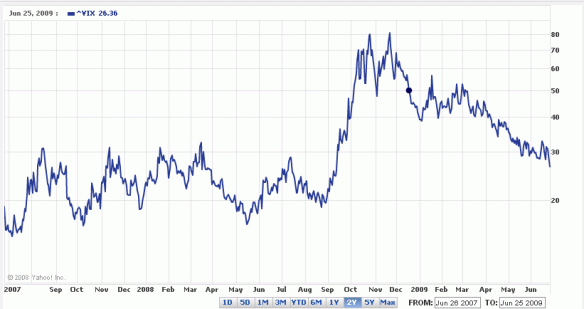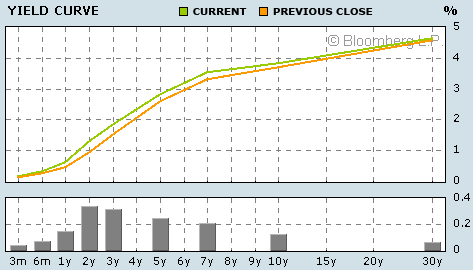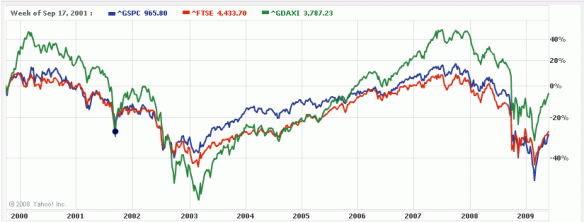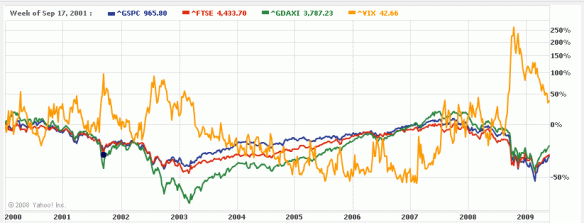To say that stocks are anything other than dangerously overpriced with a P/E of over 130 and a yield of 2.5% on unsustainable dividends is either farcical or fraudulent.
-
For such a simple little metric, the P/E ratio is subjected to all kinds of perversions to deflate it to levels that can be passed off as reflecting value. At the very least, most bubbleheads try to make it less scary than its current level of 133 for the S&P 500.
Do-it-yourself P/E and dividend analysis
It is very easy to find out what the real index PE is at any given time. Just google S&P 500 earnings, and right at the top you will see a link to an Excel file on S&P’s website. Download it and see the data for yourself. The file provides 20 years of history on operating earnings, “as reported” (net) earnings, and cash dividends for the benchmark big-cap index. Here is a permalink to the latest Excel file.
When talking P/E ratios, look at “as reported earnings,” which are the real bottom line, or as close as today’s accounting methods get to it. “Operating earnings” are all the rage these days with the sell-side and CNBC crowd, since they of course are higher, as they don’t include pesky items like depreciation, taxes and interest. Even more ridiculous is the use of “forward operating earnings,” which are not an accounting entry at all, but just what Wall Street analysts are telling the public that companies might report in future quarters and fiscal years.
To get the real P/E, the one that has been used as a gauge of value for decades, take the sum of the last four quarters of “as reported earnings”. Through Q1 09, for which 99% of companies have now reported, the index has earned a 12-month total of $6.87 (with the index at 915, the P/E is 133).
An S&P analyst has noted in the file that if Q3 comes in as expected, trailing 12-month earnings will be negative for the first time in history (I bet CNBC will decide to ignore that little factoid, since it’ll be a hard one to spin). Earnings are down from an all-time 12-month peak of $84.95 as of Q2 2007. To be fair to the bulls, the current figures include a loss of $23 in Q4 2008, when financial companies took their write-downs, though surely more of the same are on the way, and not just for banks.
Today’s earnings vs. recent history
Q1 2009 earnings were about $7.53, and Q2 and Q3 are expected (analysts tend not to be that far off for quarters directly ahead) to be more or less the same, so we are on pace for about $30 in annualized earnings. A glace at the historical data shows that this is about the same level as in 2001-2003, after a peak of $48-54 for a few quarters in 1999 and 2000. You have to go back to 1994-1995 to again see the $30 level, with the $20 level about the norm from 1988-1993. Assuming that the $30 is sustained, you could say that the current P/E is 30. That’s not value in anyone’s book.
Dividends from la-la land
One particularly striking fact in this data is that 12-month dividends have hardly budged from record levels, coming in at $27.25 as of Q1 2009. Dividends had been growing fairly moderately and steadily from 1988 to 2005, increasing from the $9 to $20 level over 17 years. At the height of the credit binge, companies were flush with cash to give away and buy back stock at inflated prices, rather than pay down the debt they took on to generate those temporary earnings. That they are continuing to pay these high dividends says to me that managers are in total denial or are playing charades to maintain the illusion of health.
The index only yields about 2.5% on current dividends, but if dividends fall back to just 2004 levels, the yield would fall under 2% if the index still trades at 900. Keep in mind that secular bear markets bottom by enticing with high cash yields, as investors by then are too pessimistic to expect much in the way of capital gains. At the 1930s and 1970s bottoms, the market yielded over 10% and 7%, respectively. Just a 5% yield on 2005-level earnings ($20) would be the 400 level on the index. A 7% yield on 1998 yields would mean the index trades under 250.
Whether you are a deflationist or inflationist, you have to admit that a strong dose of either would not be kind to equity valuations. In the ’70s, people demanded high current yields because future yields were so heavily discounted by inflation, and in the ’30s, stock valuations became extremely depressed as earnings tanked and investors panicked.
A crude indication of solid stock values is when the S&P 500 yields over 5% and the P/E is under 10. Stocks can get cheaper than that, but at those levels you really can buy for the long run. To say that stocks are anything other than dangerously overpriced with a P/E of over 130 and a yield of 2.5% on unsustainable dividends is either farcical or fraudulent.
–
Addendum:
For reference, here is a link to S&P500 earnings and dividend data going back to 1960.
Glancing at the typical ratio of earnings to dividends, if the index is earning $30, one should expect dividends to be about $10-20. There is no record here of another time when dividends were higher than earnings, as they are at present. This says to me that the sustainable yield today is not even 2.5%, but more like 1% to 1.5%, comparable to the peak of the peak dot-com bubble.
From this level of overvaluation in the face of declining fundamentals, stocks could fall hard for another 18 months to restore value fast (1929-1932 model), in which case the 200 level is likely by 2011. Another outcome is to trade in a range for a decade or more and wait and hope for a bout of moderate inflation to increase the nominal bottom line (1968-1982 model). A third possibility is the Japanese model, where the S&P would get to 200, but over 20+ years. Long-time readers know that as a deflationist and Elliott waver I expect the first outcome, with the most stunning phase of the bear market soon to come.





